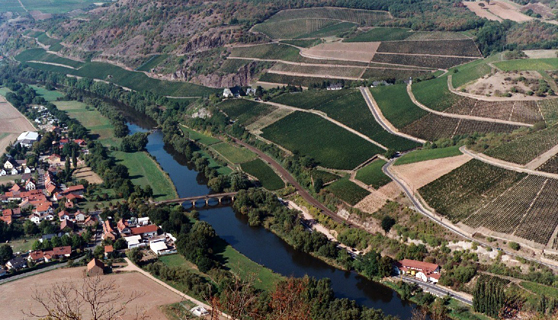This just in from a pal who frequently finds and circulates this kind of material:
From the Institute of Food Technologists . . .
Research Briefs
Using taste dilution to analyze wine
We sniff and slurp wine to determine and describe its taste, but what chemicals are responsible for the perceptions we have? Researchers from the Univ. de Zaragoza in Spain have developed a new procedure for the general taste dilution of wine and tested the method using five different wines with markedly different technological and taste differences.
The taste dilution chromatograms showed that taste differences between wines are mainly related to bitterness and astringency, and that in both categories proanthocyanidins play a determinant role. The authors say their proposed method is reliable and does not seem to introduce changes in the tastant composition of wine, and could be used to compare the chemical composition and properties of different wines.
Optimization and Validation of a Taste Dilution Analysis to Characterize Wine Taste
Journal Food Science. OnlineEarly.
doi:10.1111/j.1750-3841.2007.00424.x
The story and link to the pertinent research is in last week's newsletter of The Journal of Food Science:
http://members.ift.org/IFT/Pubs/Newslet ... #research1

